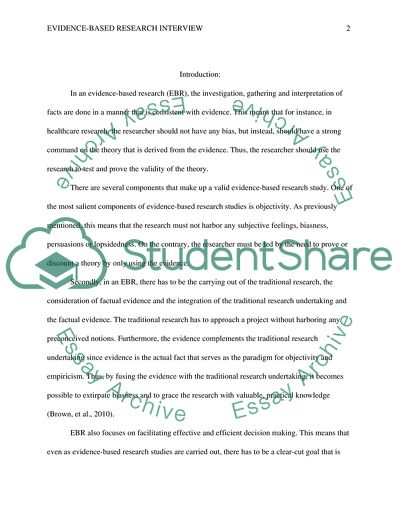Cite this document
(“Evidence-Based Practice among Hospital Nurses Term Paper”, n.d.)
Evidence-Based Practice among Hospital Nurses Term Paper. Retrieved from https://studentshare.org/nursing/1780033-evidence-based-research-interview
Evidence-Based Practice among Hospital Nurses Term Paper. Retrieved from https://studentshare.org/nursing/1780033-evidence-based-research-interview
(Evidence-Based Practice Among Hospital Nurses Term Paper)
Evidence-Based Practice Among Hospital Nurses Term Paper. https://studentshare.org/nursing/1780033-evidence-based-research-interview.
Evidence-Based Practice Among Hospital Nurses Term Paper. https://studentshare.org/nursing/1780033-evidence-based-research-interview.
“Evidence-Based Practice Among Hospital Nurses Term Paper”, n.d. https://studentshare.org/nursing/1780033-evidence-based-research-interview.


